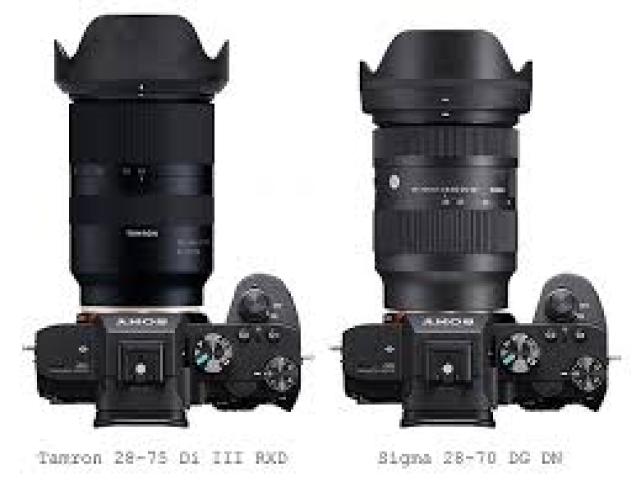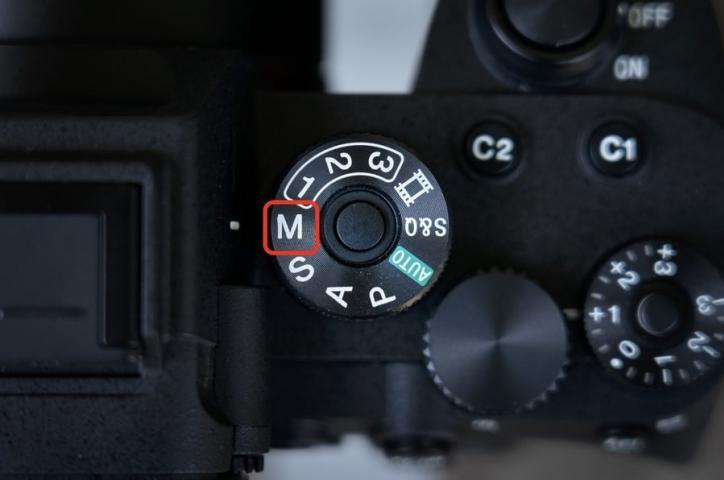In the competitive real estate market, captivating photos are essential for attracting potential buyers. Effective photo editing can transform your images from ordinary to extraordinary. Here are nine essential editing techniques to enhance your real estate photography:
Below are Top 9 Real Estate Photography Editing Techniques :
Color Correction
Color correction is fundamental in real estate photography to ensure that images accurately represent the property. Often, lighting conditions can cause unwanted color casts—such as a yellow tint from incandescent bulbs or a blue hue from daylight. Using editing software, you can adjust the white balance to neutralize these casts, making the colors appear true-to-life. Additionally, enhancing saturation can make the property more vibrant without making it look unrealistic. This technique helps create an inviting atmosphere, drawing potential buyers in and allowing them to visualize themselves in the space. A well-executed color correction can make a significant difference in how appealing your images look online.Brightness and Contrast Adjustment
Brightness and contrast adjustments are key to revealing the full potential of your images. Properly balancing these elements can enhance the details in both shadows and highlights, providing a richer visual experience. Increasing brightness can help illuminate darker areas, making rooms appear larger and more inviting. On the other hand, adjusting contrast can add depth, making textures and features stand out more prominently. It's important to find a balance, as overexposure can wash out details, while excessive contrast can lead to harsh shadows. A careful adjustment will result in a well-lit image that highlights the property’s best features, making it more attractive to viewers.Clipping Path and Background Removal
Clipping path techniques are invaluable for isolating properties from distracting backgrounds. This editing method involves creating a vector path around the subject, allowing for a clean removal of any unwanted elements in the image. By focusing solely on the property, you can eliminate distractions and direct attention to its best features. This technique is particularly useful for images with cluttered backgrounds or when showcasing properties in a more controlled environment. Background removal can also be used to replace a dull setting with a more appealing one, enhancing the overall aesthetic. The result is a polished, professional image that elevates the property’s presentation.HDR (High Dynamic Range) Imaging
HDR imaging is a powerful technique that combines multiple exposures of the same scene to capture a greater range of light and detail. By merging these images, you can ensure that both bright and dark areas are well-represented, making the final photo more dynamic and appealing. This technique is particularly beneficial for real estate photography, where lighting conditions can vary greatly from room to room. HDR helps avoid blown-out highlights and loss of detail in shadows, providing a balanced and realistic view. While HDR can produce stunning results, it’s essential to use this technique judiciously to maintain a natural look. A well-executed HDR image can make properties stand out in listings, attracting more interest from potential buyers.Sky Replacement
A dull or overcast sky can significantly detract from the appeal of a property image. Sky replacement is a popular editing technique that allows you to swap out the existing sky for a more vibrant, sunny backdrop. This transformation can dramatically enhance the overall mood of the photo, making it more inviting and engaging. When selecting a new sky, it’s important to ensure that the lighting and colors match the property for a seamless integration. Additionally, incorporating dynamic cloud formations can add depth and interest to the image. Properly executed sky replacement can breathe new life into your photos, capturing the attention of potential buyers and showcasing properties in their best light.Perspective Correction
Real estate photos can often suffer from distortion, especially when using wide-angle lenses. Perspective correction techniques help straighten lines and correct angles, ensuring that the property is represented realistically. This is particularly important for architectural details like doors, windows, and walls, which can appear warped or skewed in photos. By adjusting the perspective, you can create a more balanced and professional look that accurately reflects the property’s true layout. Most editing software includes tools specifically designed for perspective correction, making it easier to achieve a polished final image. A well-corrected photo not only improves visual appeal but also builds trust with potential buyers by presenting an accurate representation of the property.Sharpening and Noise Reduction
Sharpening and noise reduction are crucial steps in the photo editing process to enhance clarity and eliminate unwanted graininess. Sharpening helps to define edges and details, making images crisper and more eye-catching. However, it’s important to apply sharpening carefully; over-sharpening can lead to artifacts and a less natural appearance. On the other hand, noise reduction is essential, especially for images taken in low-light conditions, where graininess can detract from the overall quality. By smoothing out noise while preserving important details, you can achieve a clean, polished look. Striking the right balance between sharpening and noise reduction is key to creating stunning real estate images that capture the attention of potential buyers.Virtual Staging
Virtual staging is an innovative technique that allows you to digitally furnish and decorate vacant properties, showcasing their full potential. This method can help buyers visualize how each space can be utilized, making the property more appealing and relatable. By adding tasteful, digitally rendered furniture and decor, you can create inviting images that highlight the property’s features without the costs associated with physical staging. Virtual staging can also adapt to various >Cropping and Framing
Effective cropping and framing are essential for improving composition and focusing on the most important aspects of the image. By removing unnecessary elements from the frame, you can create a cleaner and more impactful photo that draws the viewer's eye to the property’s key features. Consider the rule of thirds when cropping, as this technique can lead to more balanced and engaging compositions. Framing can also enhance depth by including elements in the foreground that lead the viewer's eye into the scene. A well-cropped image not only improves aesthetic appeal but also helps convey the property’s best qualities. Thoughtful cropping and framing can significantly elevate the overall presentation of your real estate images, making them more compelling to potential buyers.
By applying these editing techniques, you can significantly enhance your real estate photos, making them more engaging and appealing to potential buyers.
If you're looking to take your real estate photography to the next level, consider partnering with OURS GLOBAL. As a leading Real Estate Photo Editing Service Provider, we offer custom editing solutions tailored to your needs. With over 10 years of experience and an ISO 9001:2015 certification, our dedicated team of professionals can help you showcase your properties in the best light possible. Contact us today to elevate your listings!

















